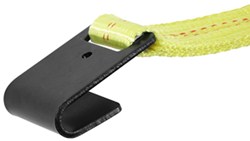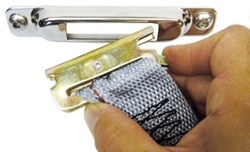
The Basics of Tie-Down Straps

Available in a range of weight capacities Available with different kinds of hooks Lighter than chain Won't scratch finished items the way chain can
Could fray and wear if stretched over sharp edges Could be damaged by heat from an exhaust Could break down from long-term exposure to UV rays from the sun
Weight capacity (WLL - working load limit) Length of straps Tightening methods: cam buckles, ratchets, and winches Type of hook: S-hooks, double J-hooks, flat hooks, and E-track systems Whether you need extra security offered by tie-down straps that latch or lock Whether you want extra protection for your cargo, vehicle, and straps
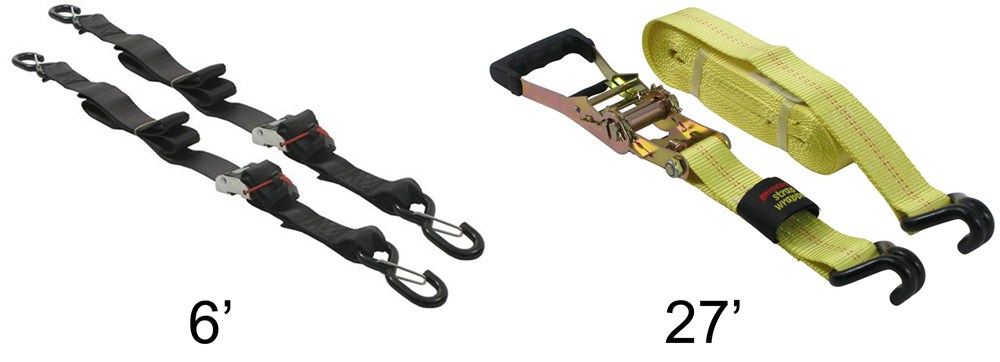
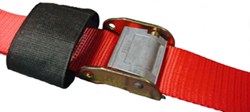
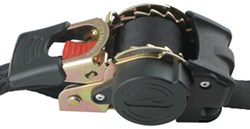
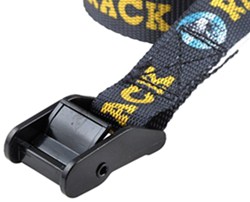
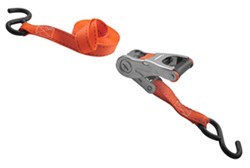
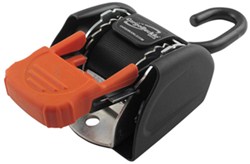
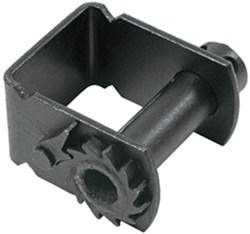
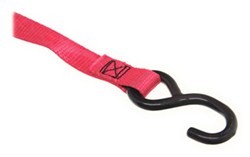
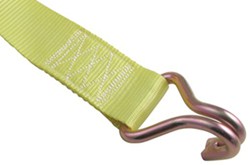
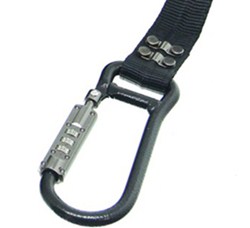
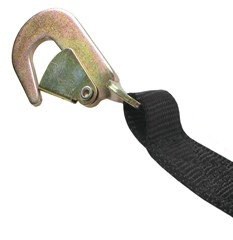
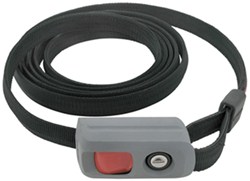
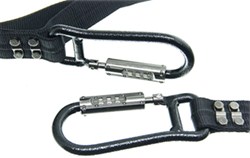
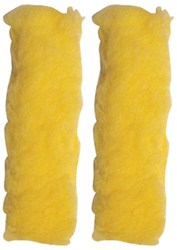
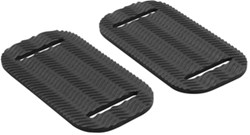
Departments
Towing
- Trailer Hitch
- Fifth Wheel
- Gooseneck
- Towing a Vehicle
- Front Hitch
- RV Hitch
- ATV Hitch
- HD Truck Hitch
- Vehicle Wiring
- Brake Controller
- Ball Mounts
- Weight Distribution
Sports and Recreation
Trailer Parts
- Utility Trailer
- Boat Trailer
- Landscape Trailer
- Enclosed Trailer
- 5th/Camper Trailer
- Car Hauler
- Horse Trailer
Vehicle
Contact & Help

What our customers are saying:
"Very easy process, good prices and my products were shipped on time and were delivered on time. The instructional videos online helped make installation easy!"
Ryan
Portland, OR
Popular Vehicles
- Subaru Forester
- Ford F-350 Super Duty
- Ford F-250 Super Duty
- Chevrolet Silverado 1500
- Jeep Wrangler Unlimited
- Jeep Wrangler
- Ram 3500
- Toyota Highlander
- Ram 2500
- Chevrolet Silverado 2500
- Subaru Outback Wagon
- Chevrolet Silverado
- Dodge Ram Pickup
- GMC Sierra 2500
- Ram 1500
- Ford F-250 and F-350 Super Duty
- Jeep Grand Cherokee
- Toyota Tacoma
- GMC Sierra 3500
- Toyota Tundra
- Ford Escape
- More >>


